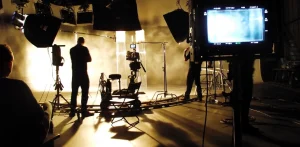Cosmic Light That Has Lost Its Way
Ash (2025) opens as a science fiction film with great potential. From the very first minute, it teases with mystery: a woman named Riya wakes up alone on a bleak alien planet. The facility where she is located is filled with blood and corpses, while she herself has no idea what has happened. The audience is immediately drawn into a situation filled with anxiety, as if being prepared for an intense psychological thriller or a puzzle-filled adventure.
The first few minutes are indeed promising. The damp visuals bathed in neon light, the narrow spaces that make breathing feel short, and the suffocating atmosphere evoke films like Life (2017) or Alien. There is an impression that this will be a tense cinematic experience, with a living and dangerous alien world.
However, behind the strong visual packaging, a deeper anxiety emerges: are the story and human relationships strong enough to support all of that? In many modern science fiction films, visuals often take center stage—technology allows for entirely imaginative worlds. But when the substance isn’t as strong as the appearance, the film easily slips into an aesthetic parade without a soul. Unfortunately, Ash slowly falls into the same trap. The rating given by 11,000 viewers on the IMDb platform is only 4.6/10 for this film. Here’s the review for you:
Failed Chemistry
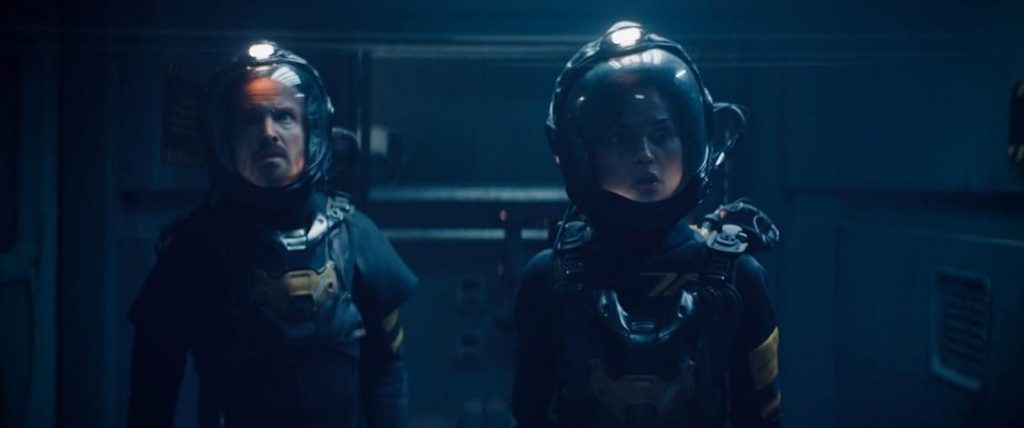
The fundamental issues with Ash become apparent from the moment Brion (Aaron Paul) appears, the only other character who gives Riya (Eiza González) someone to talk to. At this point, there should be an intriguing dynamic developing, especially given the limited narrative space, which requires the strength of character relationships as a key narrative element. Unfortunately, this hope is absent throughout the story.
The dialogue between Riya and Brion feels stiff, like it was copied from an old script. Their chemistry is flat and doesn’t develop at all, even though they’re in a situation that demands emotional dependence. During the climactic moment—which should have been a turning point—there is no spark that makes us care about their connection. They feel like two strangers who happen to be in the same scene, showing no signs of two souls struggling together amid destruction.
Overwhelmed by Dialogue, Deprived of Imagination
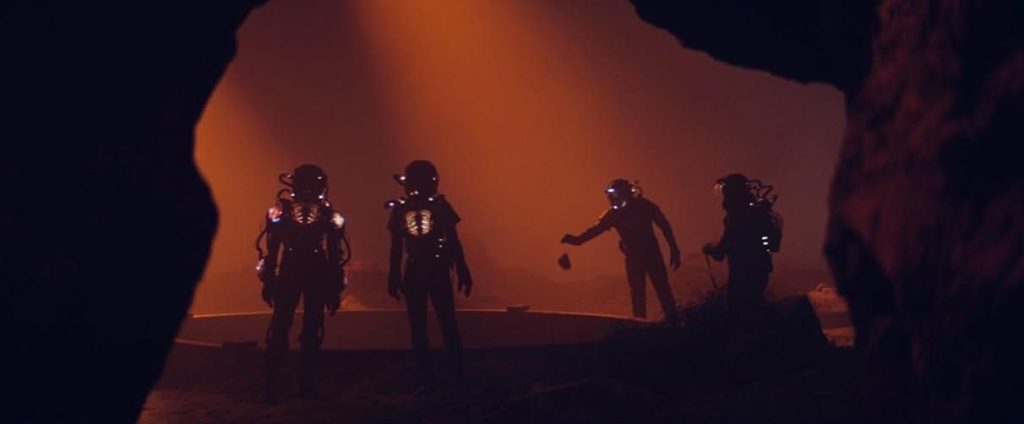
In the science fiction genre, the principle of “show, don’t tell” should be the primary standard. Unfortunately, Ash chooses the opposite. Instead of letting the audience absorb the world and conflicts through visual experiences, the film is busy explaining everything through dialogue and flashbacks. As a result, immersion is eroded.
When characters tell us what to feel instead of showing it through actions or atmosphere, the process of discovery—which should be an integral part of the viewing experience—feels forced. It’s like being taken on a museum tour guided by a loudspeaker: every detail is explained, but there’s no room for interpretation or surprise.
Visual Monotony in Science Fiction
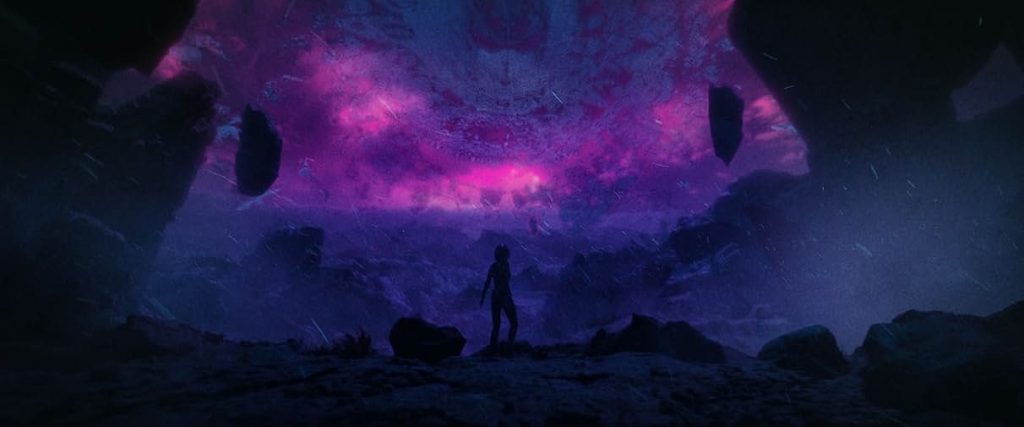
Another fatal flaw of Ash is the narrow world it builds. The planet where the story takes place doesn’t feel like a living ecosystem. All we see are uniform dark corridors and narrow rooms devoid of nuance or visual diversity. The immense potential of the story’s setting, which should have sparked curiosity, is overshadowed by the monotonous set design. There is no sense of scale, no lingering feeling of alienation. This world never truly feels habitable, let alone explorable.
The Overpowering Shadow of Another Film
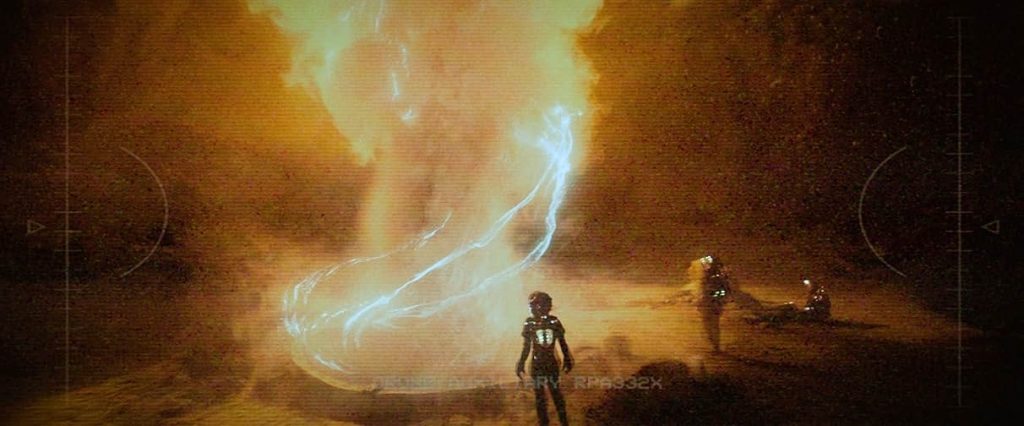
Throughout Ash, comparisons to Life (2017) are unavoidable. Both rely on tension within a confined space and characters facing pressure. However, while Life maintains tension until the end, Ash runs out of steam midway through. The main mystery is revealed too early, and there’s no thematic or emotional depth to support it. What remains is a repetition of conflict without development.
Acting Doesn’t Save It
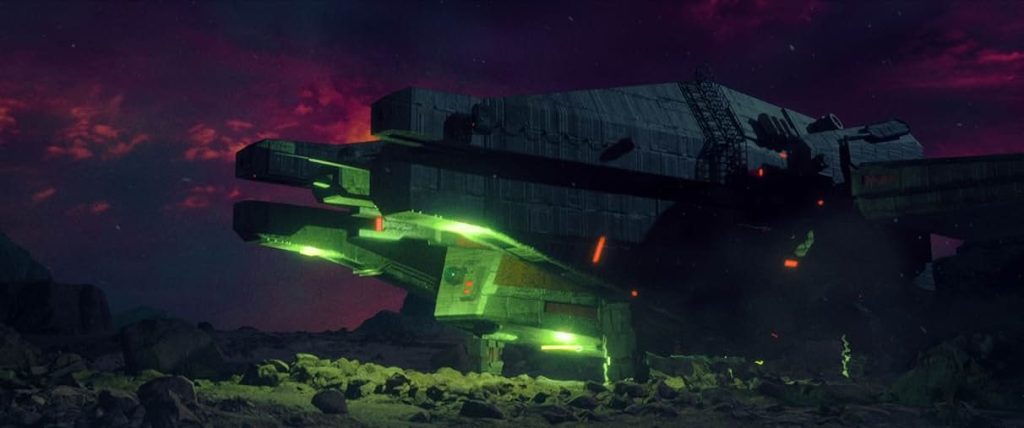
Although Ash’s narrative leaves much to be desired, the actors’ performances are worthy of praise. Aaron Paul successfully breathes life into the character of Brion. His expressions convey exhaustion, guilt, and vulnerability that are not written in the script. Meanwhile, Eiza González tries to shape Riya as a fragile yet resilient character—even though her background is not fully explored.
However, no matter how good their performances are, without a solid script and strong character relationships, this performance can only take the film so far.
Beautiful on the Outside, Empty on the Inside
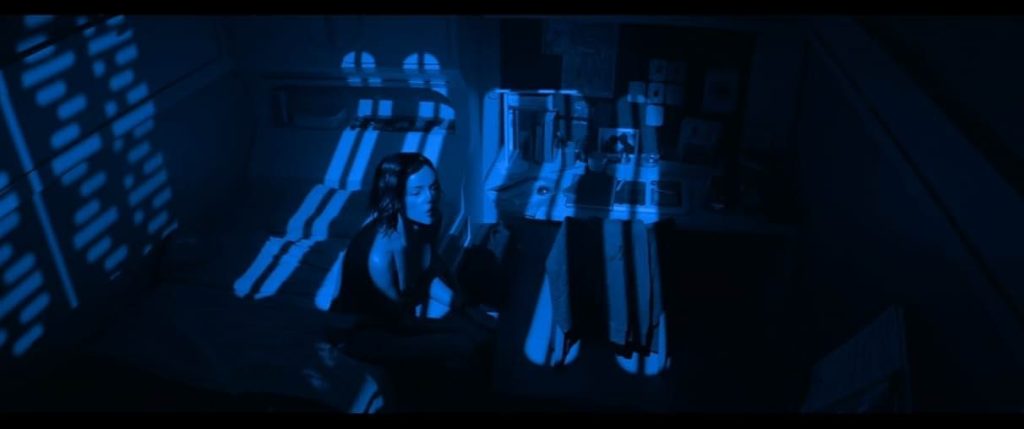
Ash can’t be called a complete failure. The cinematography and sound design are strong enough to build a distinctive atmosphere. The use of neon lighting and body horror scenes is quite effective. However, when the visual elements are not balanced by a deep narrative, the impression that emerges is one of style without substance.
Aesthetics Cannot Support the Story
Ash begins its journey with high hopes—from a promising atmosphere, intriguing mysteries, to impressive visuals. However, all of that gradually fades away. Flat character relationships, overly explanatory storytelling, and an underdeveloped world cause the film to lose its direction before reaching its climax. The film has great potential, but like ash swept away by the wind, Ash’s glow fades before it can truly shine.
If you were asked to rate Ash, what score would you give it? Share your thoughts in the comments section!
Read more film reviews here.




